GCB Kunstlexikon
LOUISA CLEMENT
KUNSTWERKE
Acute Art presents | Artist Louisa Clement talks about her AI figures in Aporias | Acute Art | About Louisa Clement – Aporias Louisa Clement’s Aporias derives its title from the Ancient Greek for an impasse or state of puzzlement, used in philosophy to denote a question that evades response. The work continues the German artist’s interest in real and artificial bodies, and automatons, translating her celebrated photographic work into virtual reality. On the experience, the viewer sits at a table and chair that are replicated in Clement’s virtual environment, collapsing the division between the real and tangible, and the artificial. Using VR equipment, the viewer joins a group of three artificial digital bodies that resemble faceless mannequins – a regular feature of Clement’s photography. Clement’s virtual mannequins are animated and use artificial intelligence to speak to each other and, occasionally, to the viewer, who is invited to interact with them and start conversation. Each mannequin is unique in appearance and personality, and all have the capacity to learn, acquire language, and lie. Every exchange they have will be unique, and no visitor will experience the same conversation. Through Aporias, Clement engages in an ongoing discourse around artificial intelligence and machine learning, reiterating unanswered questions regarding the potential for robots and computer programming, and the limits of human beings. Clements was a master-student of renowned photographer Andreas Gursky, whose large-format images often catalogue large-scale industrial processes, or artificial environments | YouTube
VIDEO / FILM
Louisa Clement | Max Ernst Stipendium 2013 | StadtTV Brühl | Der lokale Internet Sender rund um Brühl | Die Verleihung des Max Ernst Stipendiums 2013 an Louisa Clement im Max Ernst Museum | YouTube
LOUISA CLEMENT
KUNSTWERKE
Acute Art presents | Artist Louisa Clement talks about her AI figures in Aporias | Acute Art | About Louisa Clement – Aporias Louisa Clement’s Aporias derives its title from the Ancient Greek for an impasse or state of puzzlement, used in philosophy to denote a question that evades response. The work continues the German artist’s interest in real and artificial bodies, and automatons, translating her celebrated photographic work into virtual reality. On the experience, the viewer sits at a table and chair that are replicated in Clement’s virtual environment, collapsing the division between the real and tangible, and the artificial. Using VR equipment, the viewer joins a group of three artificial digital bodies that resemble faceless mannequins – a regular feature of Clement’s photography. Clement’s virtual mannequins are animated and use artificial intelligence to speak to each other and, occasionally, to the viewer, who is invited to interact with them and start conversation. Each mannequin is unique in appearance and personality, and all have the capacity to learn, acquire language, and lie. Every exchange they have will be unique, and no visitor will experience the same conversation. Through Aporias, Clement engages in an ongoing discourse around artificial intelligence and machine learning, reiterating unanswered questions regarding the potential for robots and computer programming, and the limits of human beings. Clements was a master-student of renowned photographer Andreas Gursky, whose large-format images often catalogue large-scale industrial processes, or artificial environments | YouTube
VIDEO / FILM
Louisa Clement | Max Ernst Stipendium 2013 | StadtTV Brühl | Der lokale Internet Sender rund um Brühl | Die Verleihung des Max Ernst Stipendiums 2013 an Louisa Clement im Max Ernst Museum | YouTube
LOUISA CLEMENT
KUNSTWERKE
Acute Art presents | Artist Louisa Clement talks about her AI figures in Aporias | Acute Art | About Louisa Clement – Aporias Louisa Clement’s Aporias derives its title from the Ancient Greek for an impasse or state of puzzlement, used in philosophy to denote a question that evades response. The work continues the German artist’s interest in real and artificial bodies, and automatons, translating her celebrated photographic work into virtual reality. On the experience, the viewer sits at a table and chair that are replicated in Clement’s virtual environment, collapsing the division between the real and tangible, and the artificial. Using VR equipment, the viewer joins a group of three artificial digital bodies that resemble faceless mannequins – a regular feature of Clement’s photography. Clement’s virtual mannequins are animated and use artificial intelligence to speak to each other and, occasionally, to the viewer, who is invited to interact with them and start conversation. Each mannequin is unique in appearance and personality, and all have the capacity to learn, acquire language, and lie. Every exchange they have will be unique, and no visitor will experience the same conversation. Through Aporias, Clement engages in an ongoing discourse around artificial intelligence and machine learning, reiterating unanswered questions regarding the potential for robots and computer programming, and the limits of human beings. Clements was a master-student of renowned photographer Andreas Gursky, whose large-format images often catalogue large-scale industrial processes, or artificial environments | YouTube
VIDEO / FILM
Louisa Clement | Max Ernst Stipendium 2013 | StadtTV Brühl | Der lokale Internet Sender rund um Brühl | Die Verleihung des Max Ernst Stipendiums 2013 an Louisa Clement im Max Ernst Museum | YouTube



